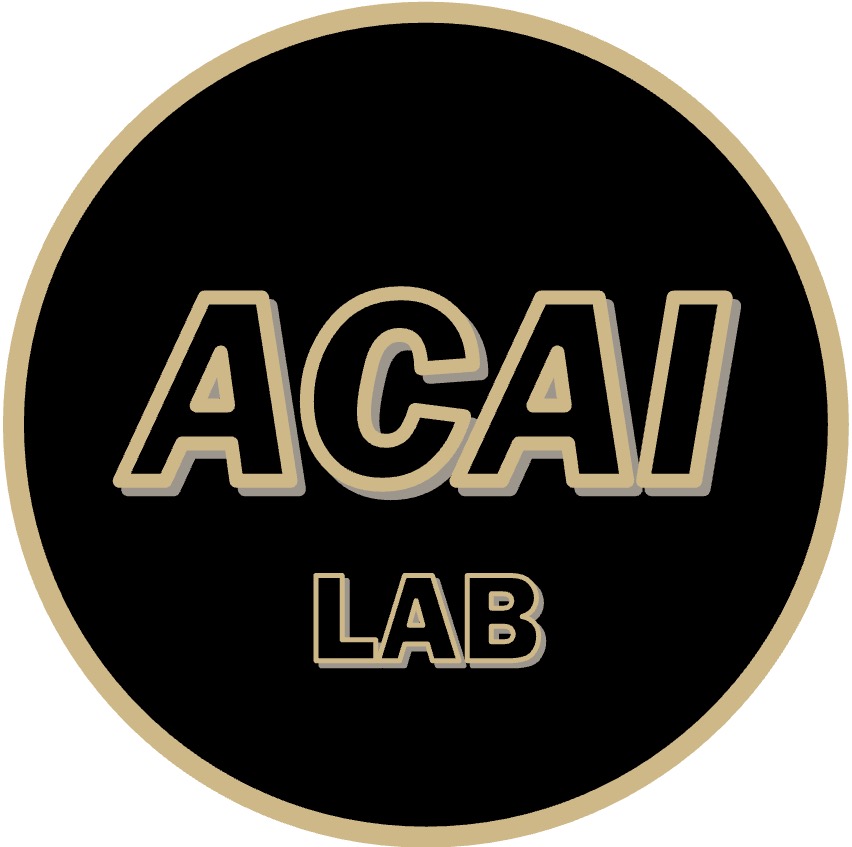Concurrent atomistic and continuum simulation of bi-crystal strontium titanate with tilt grain boundary
Published in Proceedings of The Royal Society A, 2015
In this paper, we present the development of a concurrent atomistic–continuum (CAC) methodology for simulation of the grain boundary (GB) structures and their interaction with other defects in ionic materials. Simulation results show that the CAC simulation allows a smooth passage of cracks through the atomistic–continuum interface without the need for additional constitutive rules or special numerical treatment; both the atomic-scale structures and the energies of the four different [001] tilt GBs in bi-crystal strontium titanate obtained by CAC compare well with those obtained by existing experiments and density function theory calculations. Although 98.4% of the degrees of freedom of the simulated atomistic system have been eliminated in a coarsely meshed finite-element region, the CAC results, including the stress–strain responses, the GB–crack interaction mechanisms and the effect of the interaction on the fracture strength, are comparable with that of all-atom molecular dynamics simulation results. In addition, CAC simulation results show that the GB–crack interaction has a significant effect on the fracture behaviour of bi-crystal strontium titanate; not only the misorientation angle but also the atomic-level details of the GB structure influence the effect of the GB on impeding crack propagation.
Recommended citation: S. Yang, N. Zhang, Y. Chen. "Concurrent atomistic and continuum simulation of bi-crystal strontium titanate with tilt grain boundary. " Proceedings of The Royal Society A. 2015: 471, 20140758. https://doi.org/10.1098/rspa.2014.0758
